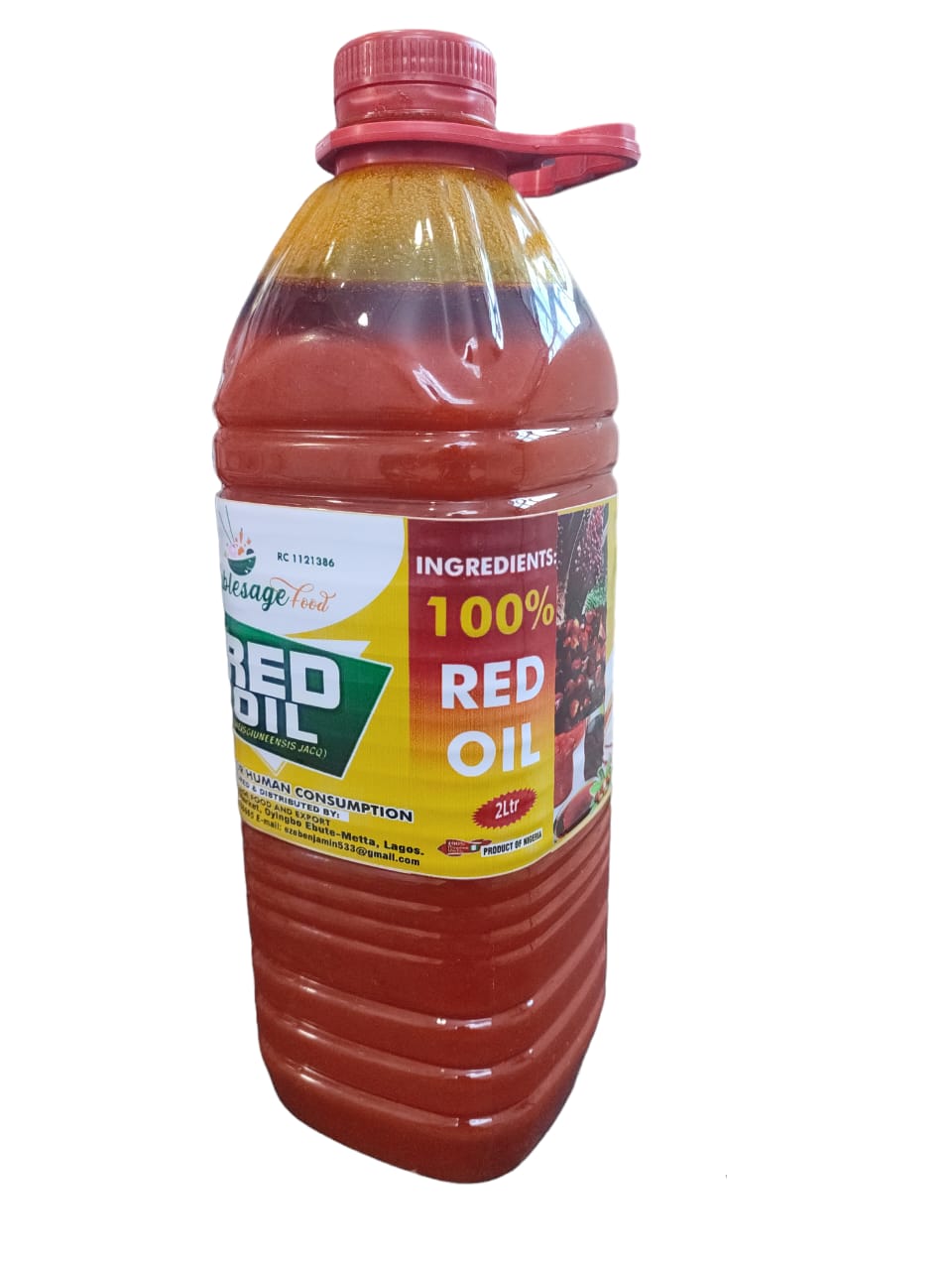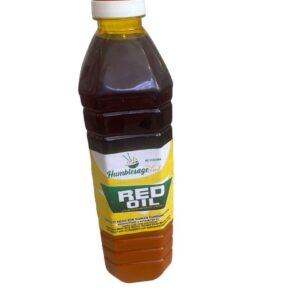

Description
Palm oil is a versatile edible vegetable oil derived from the fruit of the oil palm tree, primarily the African oil palm (Elaeis guineensis). It is one of the most widely consumed oils globally, used in cooking, baking, and as an ingredient in many processed foods and industrial products. Palm oil is notable for its rich nutritional content and distinct flavor.
Characteristics and Types
- Color: Natural, unrefined palm oil is deep red or orange due to its high beta-carotene content. Refined palm oil is pale yellow.
- Flavor: Unrefined palm oil has a strong, earthy, and slightly nutty flavor. Refined palm oil has a more neutral taste.
- Texture: Semi-solid at room temperature, with a smooth, creamy consistency that melts upon heating.
Types of Palm Oil
- Crude Palm Oil (CPO): Extracted from the pulp of the fruit, rich in beta-carotene and vitamin E.
- Palm Kernel Oil: Extracted from the kernel (seed) of the oil palm fruit, with a higher saturated fat content.
- Refined, Bleached, and Deodorized (RBD) Palm Oil: Processed to remove impurities, color, and odor, resulting in a more neutral oil suitable for various applications.
Nutritional Profile
Palm oil is nutrient-dense and offers a variety of essential nutrients:
- Calories: High caloric content, providing a significant source of energy.
- Fats: Composed primarily of saturated and monounsaturated fats, with a small amount of polyunsaturated fats.
- Vitamins: Rich in vitamins A (beta-carotene) and E (tocopherols and tocotrienols).
- Antioxidants: Contains powerful antioxidants, particularly in unrefined palm oil.
Health Benefits
- Energy Source: High caloric content provides a quick and efficient source of energy.
- Rich in Vitamins: Beta-carotene and vitamin E support vision, skin health, and immune function.
- Antioxidant Properties: Antioxidants help combat oxidative stress and reduce inflammation.
- Stable Cooking Oil: High smoke point makes it ideal for frying and high-temperature cooking.
- Heart Health: Tocotrienols in palm oil may contribute to cardiovascular health.
Culinary Uses
Palm oil is a versatile ingredient used in various culinary applications:
- Cooking: Ideal for frying, sautéing, and deep-frying due to its high smoke point.
- Baking: Used in baking to enhance the texture and flavor of baked goods.
- Traditional Dishes: Integral to many African, Asian, and South American cuisines, adding depth and richness to dishes like stews, soups, and sauces.
- Processed Foods: Commonly used in margarine, shortening, and as an ingredient in various processed foods.
Industrial Uses
Palm oil is also used in non-food industries:
- Cosmetics: Used in soaps, lotions, and other skincare products for its moisturizing properties.
- Biofuel: Processed into biodiesel as a renewable energy source.
- Household Products: Ingredient in detergents, candles, and cleaning products.
How to Use Palm Oil
- Cooking: Heat palm oil in a pan for frying or sautéing. Its high smoke point makes it suitable for high-heat cooking.
- Baking: Substitute palm oil for butter or other oils in baking recipes to enhance texture and moisture.
- Flavor Enhancer: Add a small amount to stews, soups, and sauces to impart a rich, earthy flavor.
- Cosmetic Applications: Use in homemade skincare products for its emollient properties.
Storage and Shelf Life
- Storage: Store palm oil in a cool, dark place. Unrefined palm oil may solidify at lower temperatures but will liquefy when warmed.
- Shelf Life: Palm oil has a long shelf life due to its stable fat composition. Properly stored, it can last up to a year.
Culinary Tips
- Flavor Management: Use unrefined palm oil in dishes where its strong flavor complements the ingredients. Use refined palm oil for a neutral taste.
- Complementary Ingredients: Pairs well with root vegetables, legumes, meats, and spices like turmeric, cumin, and coriander.
- Health Considerations: Use in moderation due to its high saturated fat content. Balance with other healthy fats in your diet.
Be the first to review “2 Litre of palm oil” Cancel reply



Reviews
There are no reviews yet.